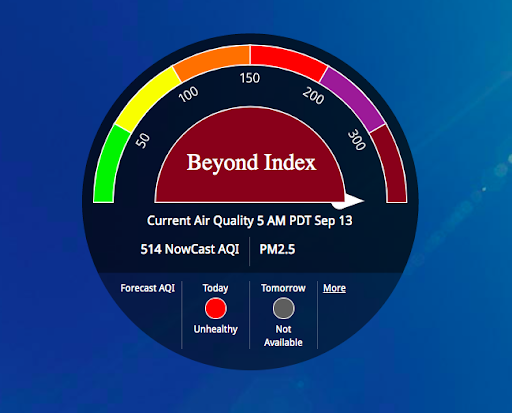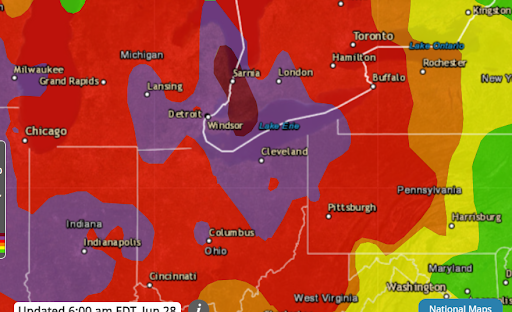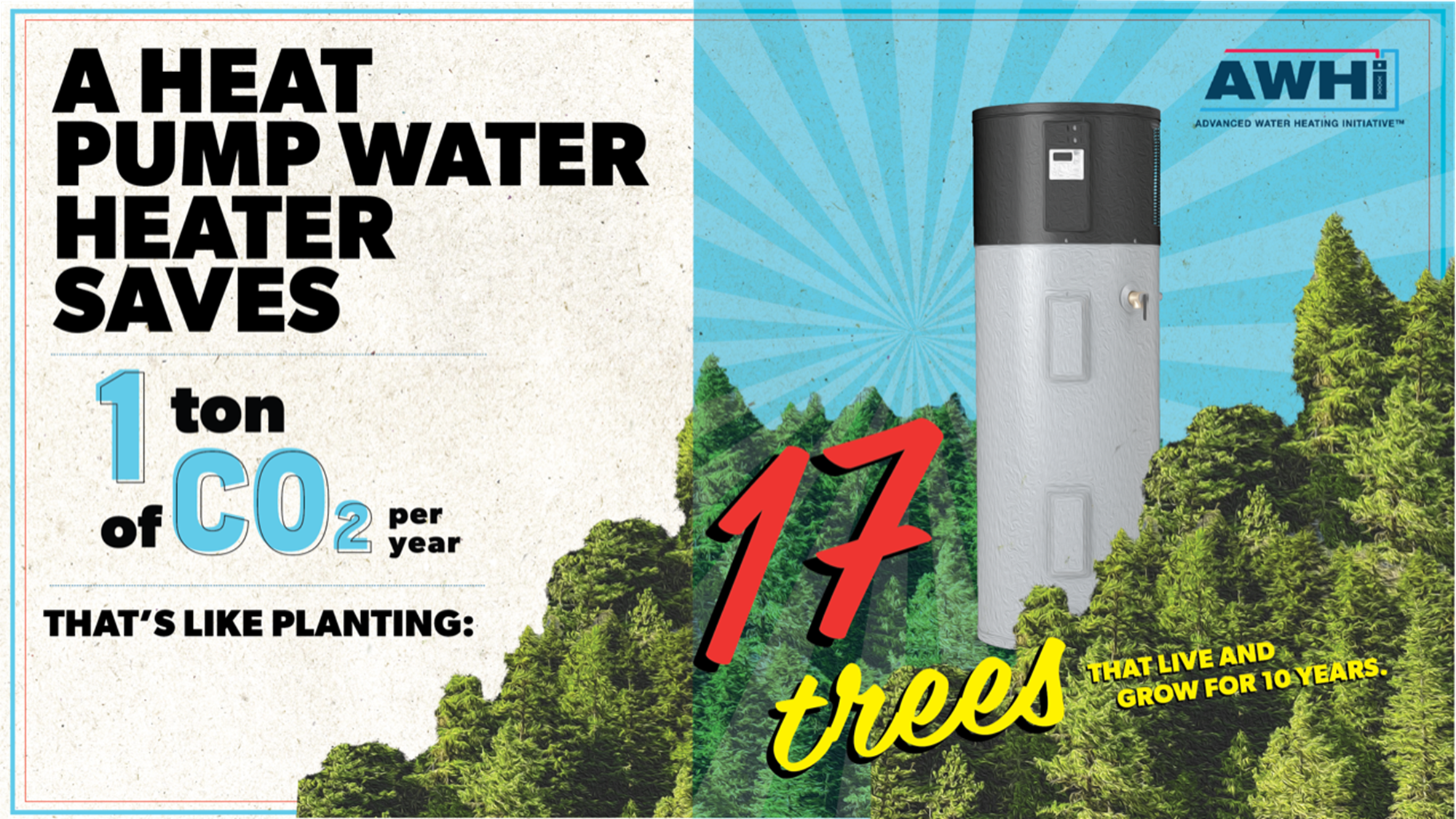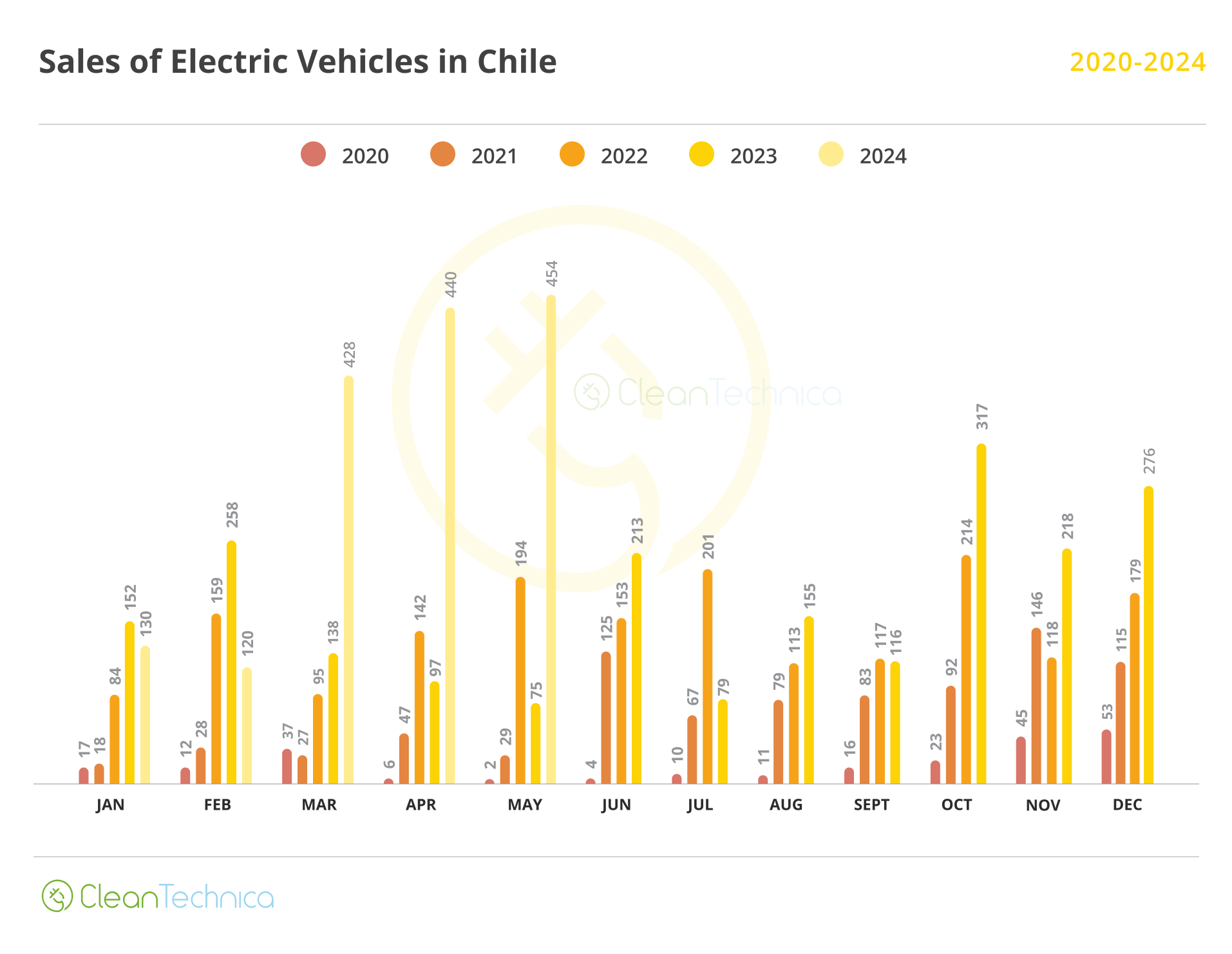
Wildfires wake us up. They sound alarm bells. Their smoke calls attention to our atmosphere, which we’ve taken for granted (and dumped pollution into) for centuries. They are part of inescapable, never-before-seen weather phenomena happening every summer, everywhere.
We can all now list harrowing climate phenomena we’ve experienced over the past 5-10 years. For our family in Oregon, in September 2020, we saw wildfire smoke so off the charts that Airgov called it “beyond index.” In June 2021, temperatures in our city hit 114 degrees and over 60 people died. In 2022, wildfires started in mid-October when the state is usually cold and rainy.
And this year? The Canadian wildfires are blanketing much of the Eastern US in wave after wave of smoke. Those of us in the Northwest have grown semi-accustomed to wildfire horror shows ruining what used to be perfect, mild summers. But I thought the Midwest and East coast were immune. I never thought I wouldn’t be able to take my daughter to the park while visiting family in Ohio in June because of air quality.
The Good News — We’re Doing A Lot. The Bad News — It’s Not Enough.
Wildfires call for action. The good news is that unprecedented climate action is underway. Clean energy technologies like solar, wind, electric vehicles, heat pumps, heat pump water heaters, batteries, and induction stoves are readily available to save the day, and adoption is growing exponentially. Governments are incentivizing these solutions and phasing out fossil fuels, which are now peaking (oil + gas) or crashing (coal).
The bad news is that it’s not enough. As Kim Stanley Robinson writes in his global warming, sci-fi masterpiece, Ministry for the Future, “You’re not doing everything you can, and what you are doing isn’t going to be enough.” Wildfires, heat waves, and the constantly evolving climate horror show remind us that our efforts to date aren’t at a big enough scale. Globally, emissions are peaking, but not falling, and the CO2 in the atmosphere keeps growing (421 parts per million and counting.)
5 Big Moves To Fight For Smoke-Free Summers
In the spirit of acting, of doing enough to meet the challenge, here are five “big moves” that individuals can do now, or in the near future, to fight the emissions of heat-trapping CO2 that is causing the terrifying smoke and heat waves currently engulfing much of North America. The good news is that all these moves usually save money and make our homes and lives more comfortable.
- Electrify your transportation. Transportation is the #1 source of carbon emissions. Electric vehicles cut those emissions dramatically, bring many other benefits, and are eligible for tax credits. Electric bikes are also game-changing — we just got one that our kids can ride on, and it has remade how we get around.
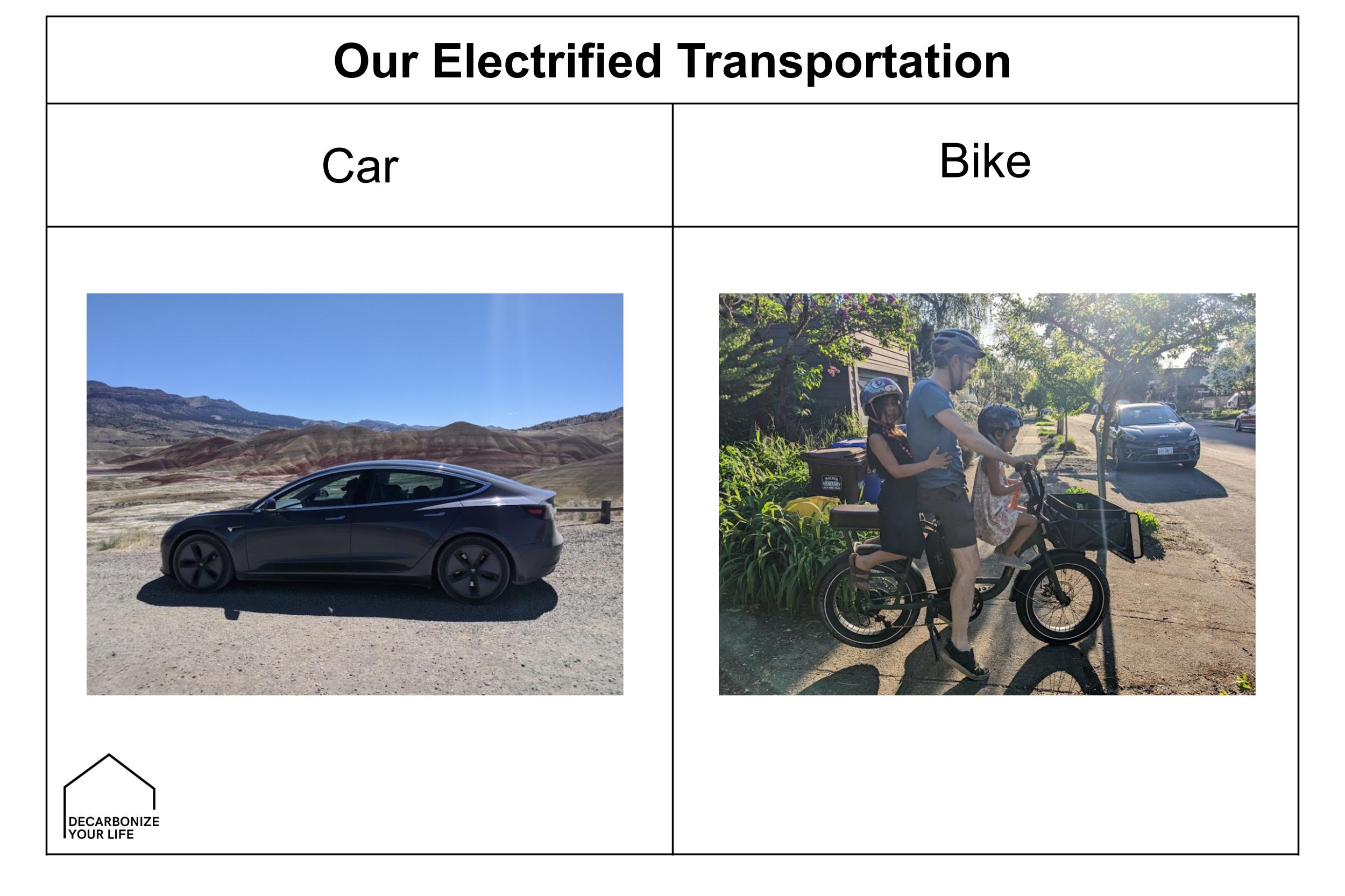
- Put solar on your roof, or sign up for community solar. Renewable energy is going gangbusters, but we must all step up if it’s going to provide 100% of our power. Investing in solar panels (which we’ve done three times and which has helped lower our energy bills to one-fifth the national average) and signing up for community solar ensures the energy powering your home and transportation is carbon-free.
- Get a heat pump to heat your home and a heat pump water heater to heat your water. Space and water heating alone account for two-thirds of an average home’s carbon emissions. Switch to the magical heat pump to heat (and cool) your home and water, and you’ll cut your home’s emissions by more than half.
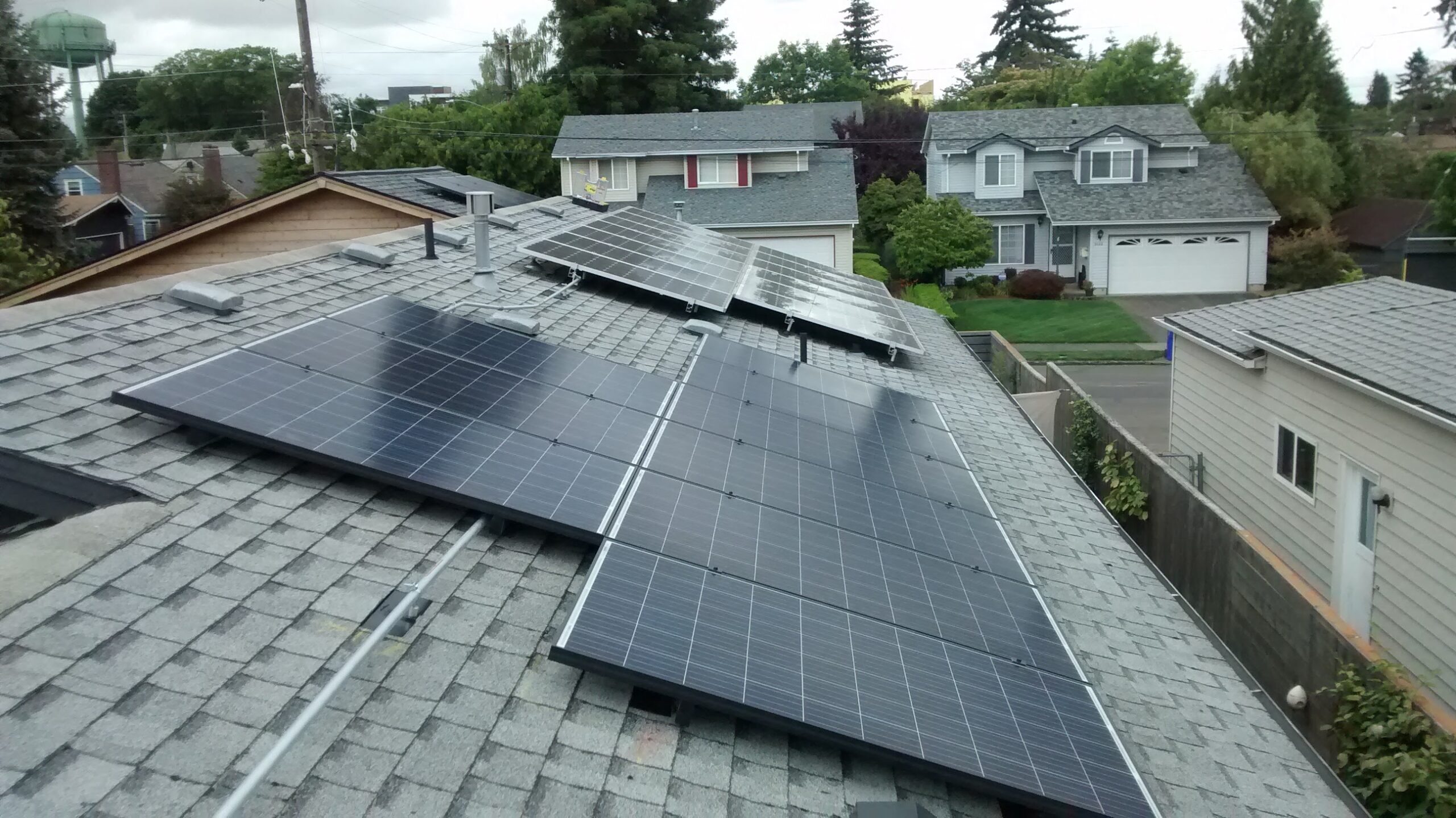
- Vote for climate-fighting candidates and campaign to phase out fossil fuels. The Biden administration has moved dramatically and on so many fronts to invest in decarbonization technologies and phase out fossil fuels. Courageous citizens are campaigning to phase out fossil gas, stop oil pipelines, and close coal power plants.
- Grab the low-hanging decarbonization fruit. There is so much low-hanging fruit that doesn’t require much time, effort, or money. Efficient showerheads, induction stoves, hang drying laundry, reducing meat consumption, planting trees, composting, and more. They all add up. My family is covering our experience with almost every possible strategy in our series Decarbonize Your Life.
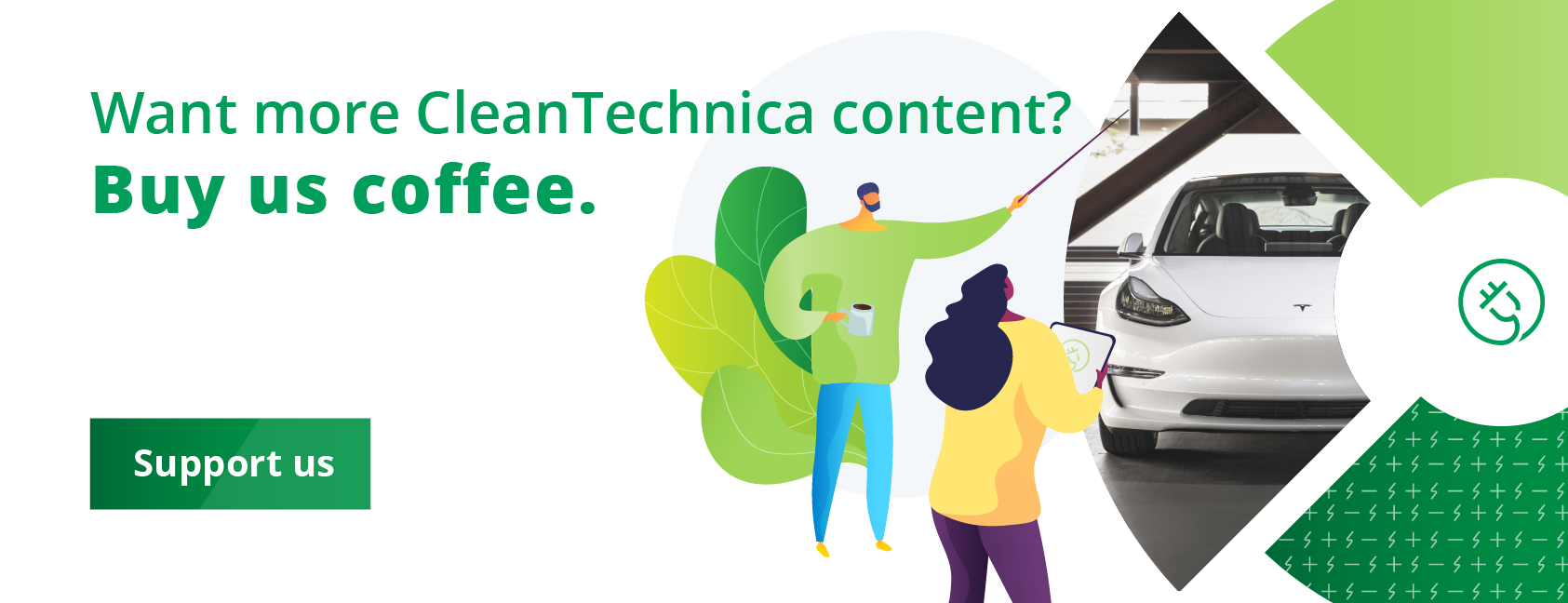
General Electric’s CEO, Jack Welch, wrote, “The team that sees reality the best wins.” Wildfires and heat waves are our wake-up call, alarm bell, and reality check. If we can respond to their call for action, we’ll restore the smoke-free summers that are quickly disappearing everywhere.
All images are courtesy of Joe Wachunas or captured screenshots (excluding the New Buildings Institute image which is the nonprofit he works for)
I don’t like paywalls. You don’t like paywalls. Who likes paywalls? Here at CleanTechnica, we implemented a limited paywall for a while, but it always felt wrong — and it was always tough to decide what we should put behind there. In theory, your most exclusive and best content goes behind a paywall. But then fewer people read it! We just don’t like paywalls, and so we’ve decided to ditch ours. Unfortunately, the media business is still a tough, cut-throat business with tiny margins. It’s a never-ending Olympic challenge to stay above water or even perhaps — gasp — grow. So …

